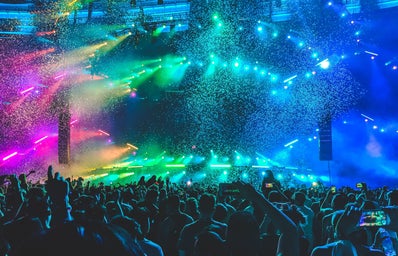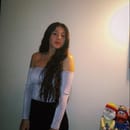With summer already in our midst, the inevitable and looming question we ask ourselves every year comes to mind: what will I spend my summer doing? Reading? Watching The Office for the sixth time? Going to the beach? Well, how about something new? What if we tell you there is something to snap you out of that same summer routine? Introducing the new hobby to free you of boredom: MAGIC THE GATHERING.
Magic the Gathering is an imaginative card game that has been around since the 80s. It’s not overly complicated, but it can be perplexing to understand at the beginning. Stay with us here, it might sound geeky, but it’s more of a strategy game – not to be so bold – similar to chess and Pokémon. And yes, we’re aware that that’s not everyone’s cup of tea, but you can’t say you don’t like something unless you try it out.
With background stories and books to explain the world of MTG, it’s really something to submerge yourself into. Here, you’re a Planeswalker (somebody who has the ability to walk between planes or “worlds” as you can also call them) and your objective is to defeat the opposing Planeswalker or Planeswalkers (the opposing player or players). Each of you starts off with 20 life points. Remember it involves cards? Well, those grant you spells and powers for you to attack your opponent, defend yourself, and win the game. Each player has a deck (always referred to as a library in the game). Your deck must have at least 60 cards for playing the Modern style. Mind you, there are a lot of ways to play this game so we’re sticking to the easiest. If this sounds a bit confusing, don’t worry, we were all confused at the beginning. Medium has a great video called How the ‘Magic: The Gathering’ Color Wheel Explains Humanity that explains how to play correctly. You can also check out Magic: The Gathering’s Fandom’s Guide to the Rules.
Essentially, you have seven different types of cards (accompanied by the typical amount of that type of card used in the game; it all depends of course):
- Land cards (24-25)
- Creature cards (17-22)
- Enchantment cards
- Sorcery cards (you can distribute the remaining 13-18 as you please)
- Instant cards
- Planeswalker cards
- Token cards (these cards don’t belong to the actual deck)
- Side note: Land cards, Creature cards, Token cards, and Enchantment cards are considered Permanents (meaning that they remain in the playing field unless destroyed).
[The number range and suggestions has been taken from Magic The Gathering: Deck Builder’s Guide, 2019.]
You have these types of cards in your “library.” You can’t repeat more than four cards with the same name unless they’re lands (you can have as many land cards as you want).
Here’s where it gets interesting, so keep up. There are five different colors to these cards: Red, Green, Black, Blue, and White. Each color and color combination has a different dynamic. These are known as guilds and each of them has a span of different characteristics that you can combine them to fit your personality perfectly.
This gives you the opportunity to be a necromancer, a soldier, a control-freak wizard, a barbarian, a mad scientist; the sky’s the limit, and you can combine all five colors in your deck if that’s how you roll. All of these combinations have names based on the characteristics or Dynamics. And the best (or geekiest) part? They all have a story. The Magic the Gathering lore creates one of the most extensive and intertwining worlds out there and you get to be part of this experience.
You can even dress up as your favorite character and cosplay as you play! And, trust us, Magic has a space for everyone. There are many characters out there, so everyone gets to be a part of it. Wondering if there’s an aesthetic or philosophy for you? Look at this! These are just a few of the philosophies behind the combinations. This Reddit post is incredibly in-depth when explaining what the color combinations mean!
Although we’re talking about how “Magic the Gathering” is meant to be played in person, if that’s not your drift there’s “Magic the Gathering: Arena” a way for you to play online from the comfort of your bed. You can even use it as practice. And maybe playing isn’t your thing, maybe as you’re reading you’re just getting cross-eyed, but you’re interested in the story. Well, luckily for you the Magic the Gathering lore is an extensive story that keeps expanding in different sets. It’s filled with adventures, sacrifices, battles, dragons, trolls and lots of other characters; a complete and wonderful world of fantasy.
If after all this rambling you’re still here with us, congratulations! Welcome to the amazing world of Magic the Gathering! Grab your deck, which you can buy or build online at Wizards of the Coast, Cardkingdom; or go to your local Walmart, Walgreens or the Gaming Zone in Plaza las Américas and ask for our friend Fran while you’re at it; join us on this adventure! Have fun and gather with your friends!




